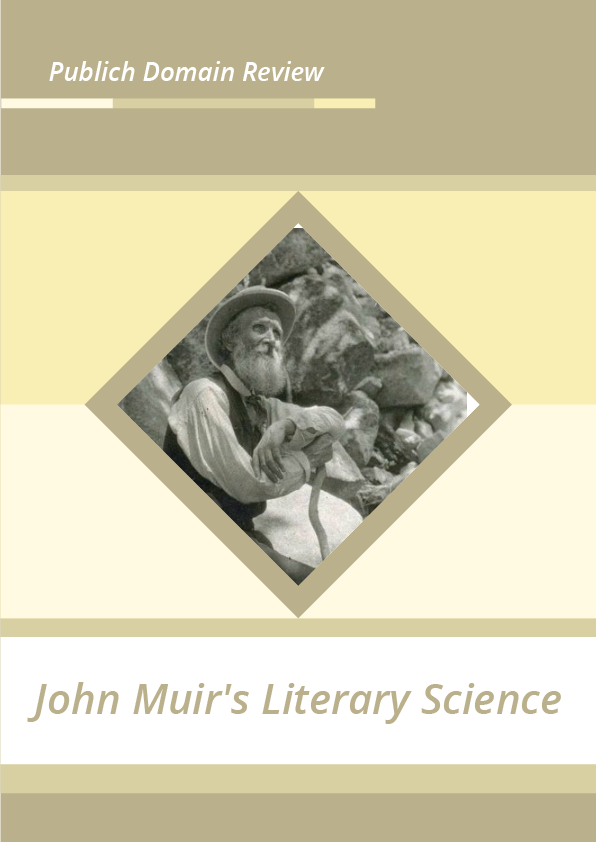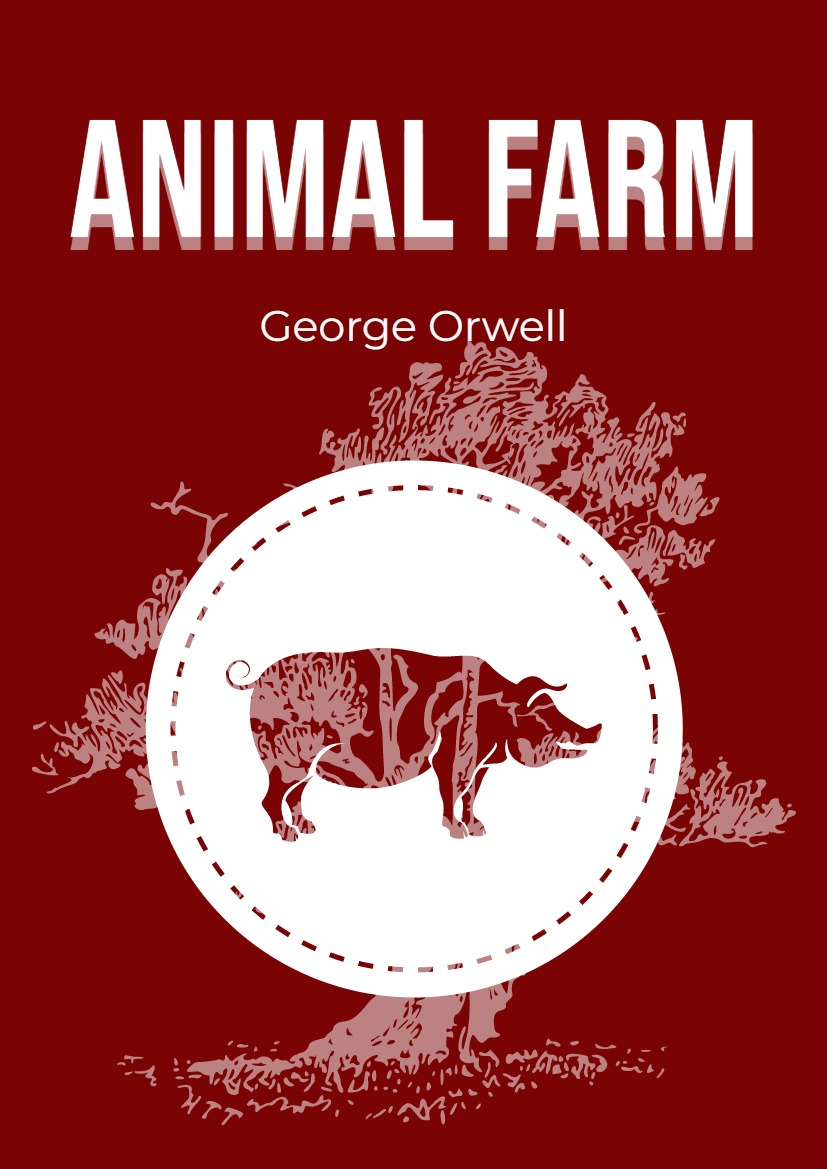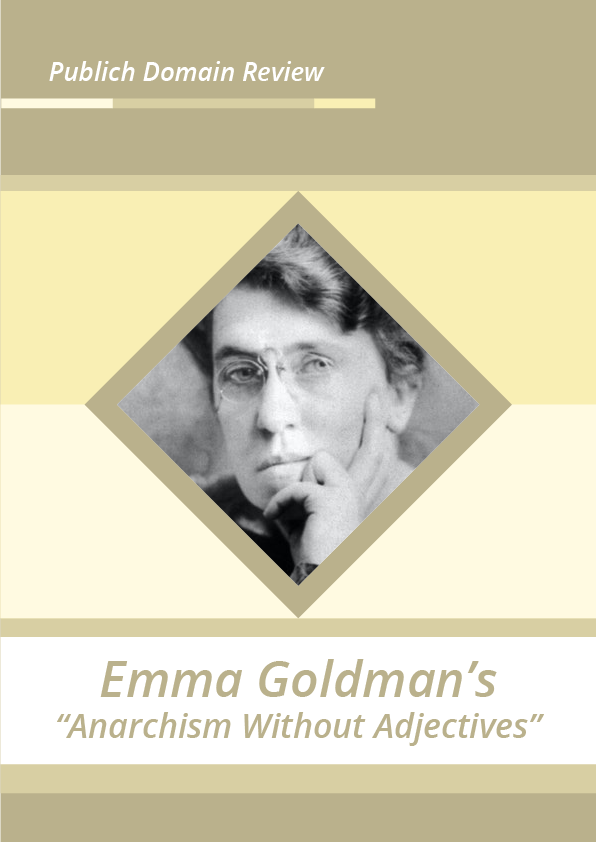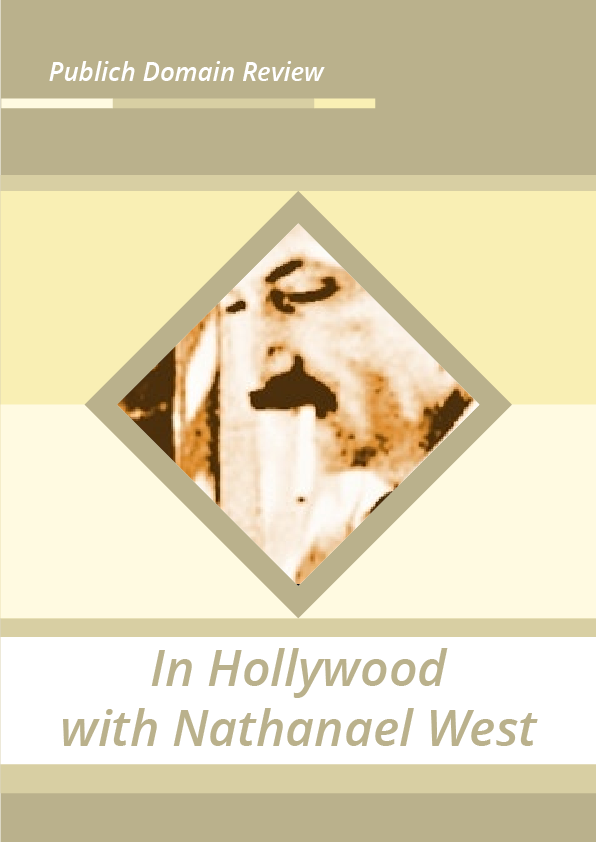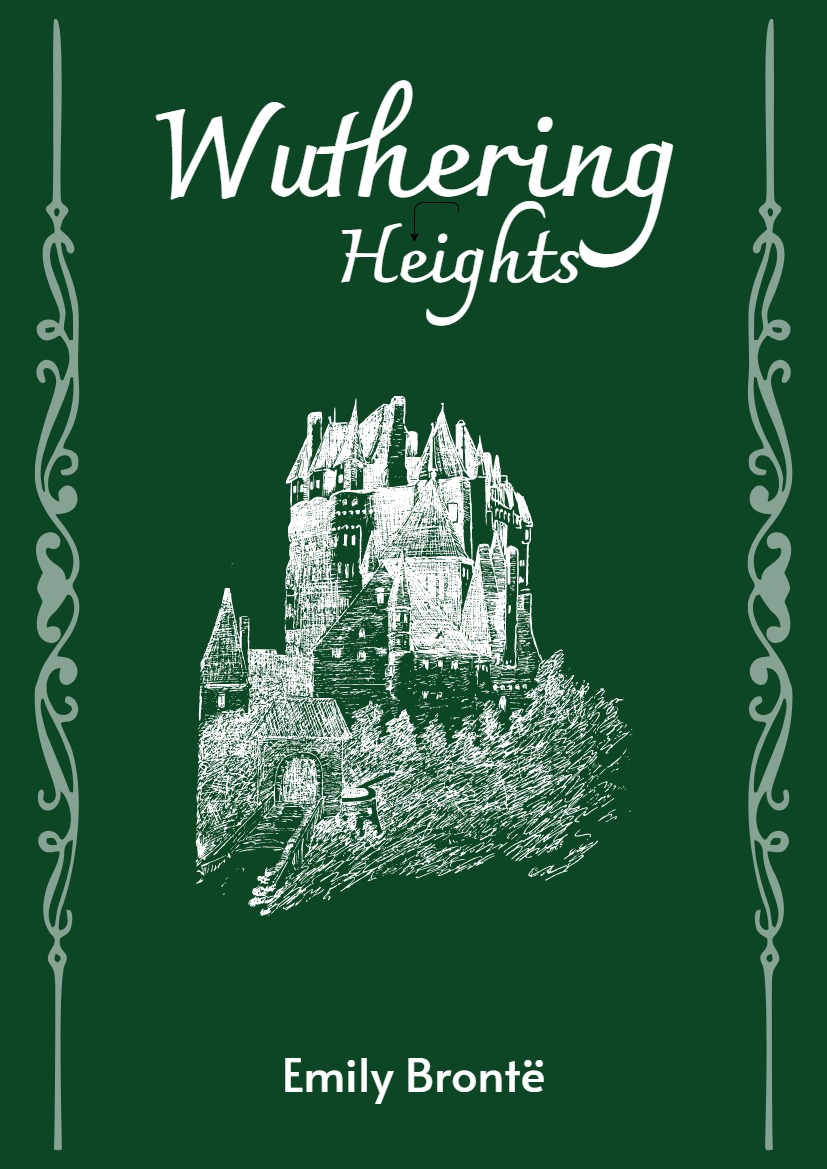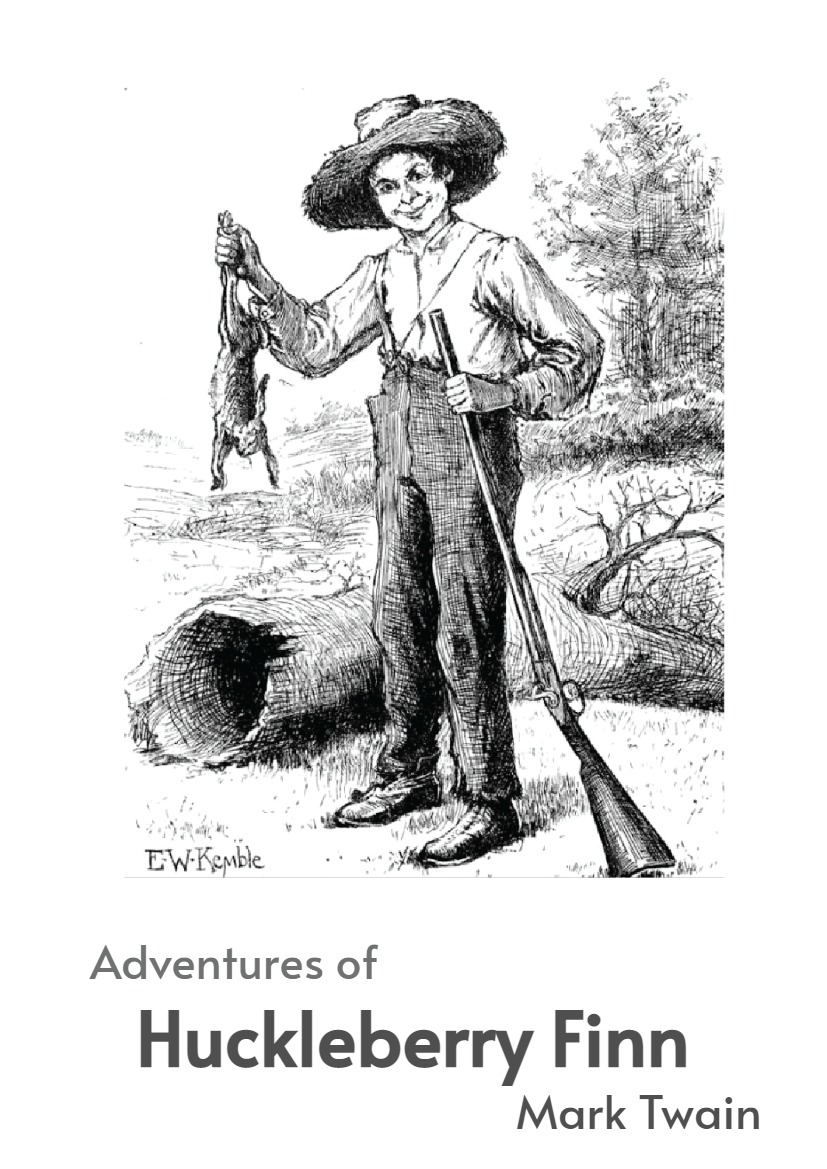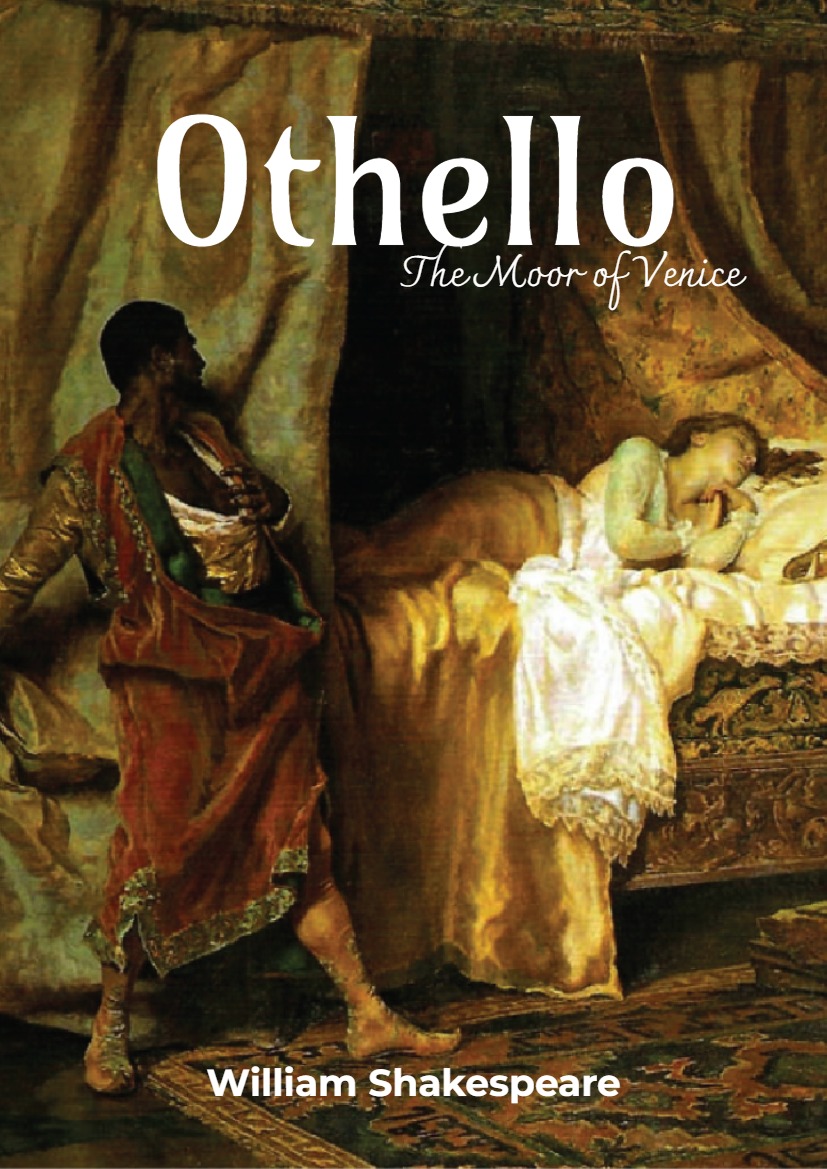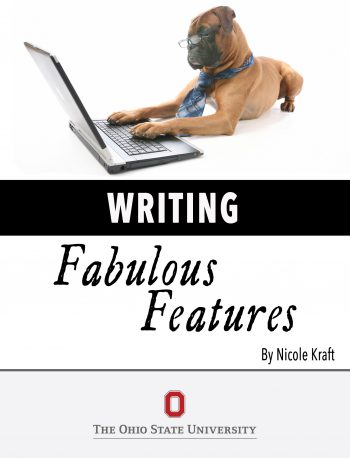The writings of the Scottish-born American naturalist John Muir are known for their scientific acumen as well as for their rhapsodic flights. Terry Gifford, author of Reconnecting with John Muir, explores Muir’s multifaceted engagement with ‘God’s big show’.
John Muir was not unaware of how his discoveries from his empirical research in Yosemite were being used by the professionals who were impatient for conventional scientific papers from him. Muir suspected that his refusal of scientific discourse initially left him vulnerable. Muir’s early revolutionary newspaper article titled ‘Living Glaciers of California’ began life in a letter of 8 October 1872 to his friend Jeanne Carr in which Muir set out his empirical research results in glaciology, joking, ‘You will have the first chance to steal’. This follows his complaint that a paper for the Boston Society of Natural History from Professor Samuel Kneeland drew from Muir’s work ‘and gave me credit for all of the smaller sayings and doings, and stole the broadest truth to himself’. When Muir’s literary executor William Frederic Badè compiled The Life and Letters (1924; reprinted 1996) he tactfully omitted a paragraph from this letter in which Muir also wondered how much credit he was being given in a lecture by the Berkeley geologist Professor LeConte whom Muir had guided with his students in Yosemite two years before. This lecture was to be published and was advertised as ‘advancing many new and interesting theories’. Muir wrote to Jeanne Carr that he could better express his own thoughts for the public than LeConte’s ‘second-hand rehash’. So Muir’s resolve to publish his own work more effectively, using Jeanne Carr as, in effect, his literary agent, derived, at least in part, from a mistrust of professional scientists. In his determined amateurism and refusal to limit himself to the discourse of the professionals, Muir reached a wider audience with greater effect, gaining for himself a place not only in scientific, but also in literary history. In the richness of Muir’s discourse he reveals himself to be what he admired in Asa Gray, ‘a great, progressive, unlimited man like Darwin and Huxley and Tyndall’.
One of the yellow days of last October, when I was among the mountains of the Merced group, following the footprints of the ancient glaciers that once flowed grandly from their ample fountains, reading what I could of their history as written in moraines and canyons and lakes and carved rocks, I came upon a small stream that was carrying mud I had not before seen.
Ending this sentence with a slightly formal inversion enables Muir to produce the rhyme that sets up the mystery: ‘stream’/’seen’.
In his personal narratives Muir frequently exclaims aloud: ‘Before I had time to reason I said, “Glacier Mud! – mountain meal!”’ The dramatic effect of this on the page has actually been enhanced by Badè’s addition of the quotation and exclamation marks. It is worth remembering that Muir developed a reputation for oral dramatic story-telling that must have been symbiotic with his written narrative sense. Ronald Limbaugh has brilliantly shown that Muir integrated not only his reading, but his oral story-telling with what we have in print in the case of the story of Stickeen. (See Gifford 1996, page 893ff, for a memoir of Muir’s ‘wonderful story-telling ability’.) So, as the narrative unfolds, mud leads to a terminal moraine, above which is snow, on which are lines of stones clearly moving in curves and ‘I shouted, “A living glacier!”’ The Berkeley scientist LeConte had mistrusted Muir’s sample of glacier ice that he had sent him years before, so Muir ‘determined to collect proofs of the common measured arithmetical kind’ which in this letter/article/paper he goes on provide. Of course, what Muir’s measurements revealed was a narrative much more important than that of personal discovery, solving a mystery, or correcting the sceptical professionals of his day who clung to a belief that Yosemite Valley was formed by a single seismic cataclysm. Muir’s is the fundamental narrative demonstrated from different data by Darwin, that creation is still ongoing.
